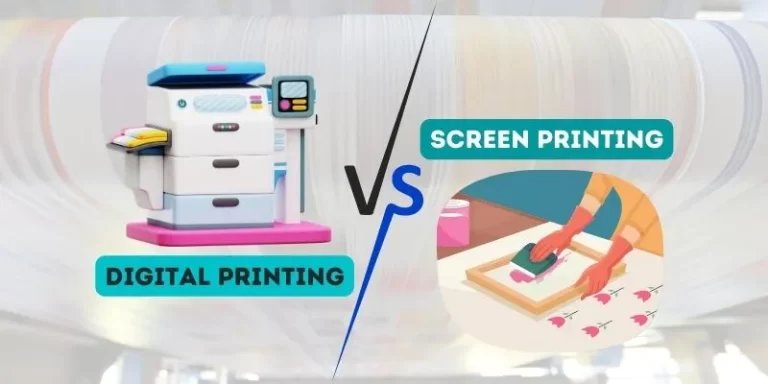How To Make A Good Animated Movie

Making a movie can be done by anyone, but making an animated movie, let alone a good one, takes skill and patience. Because animation requires such a keen eye for detail and a focus on visual and narrative excellence, animated movies are often underused by filmmakers. Yet they have the power to transport audiences to extraordinary realms, evoke emotions, and leave a lasting impact. So, let’s explore the key elements and processes involved in making a good animated movie.
Develop a compelling story
Firstly, don’t jump too far ahead; the animation part waits until later. Developing a compelling story is the foundation and it begins with the creation of a captivating and original narrative that grips the audience’s attention from start to finish. By investing in the emotional depth of the story, the audience is more likely to connect with the characters and become invested in their struggles and triumphs. If you opt to use Superpixel in the animation process, they can help you bring your story to life by recognising your vision so that you can truly create a good animated movie on the screen. Ultimately, the goal is to create a story that resonates with the intended audience, leaving a lasting impression and evoking a range of emotions – so even though the animation is important, you need a good base first!
Create engaging characters
Creating great characters involves the development of well-rounded and relatable individuals with distinct personalities, motivations, and flaws. By providing depth to these characters, the audience can connect with them on an emotional level. Showcasing their strengths and weaknesses, aspirations, and inner conflicts helps to make them feel more authentic and relatable. Whether they are heroes or villains, it is crucial to explore their complexities, allowing the audience to understand their choices and empathize with their experiences. The more the audience connects with the characters, the more invested they become in the story, resulting in a more impactful and memorable animated movie.
Scriptwriting
To create a solid screenplay or script, it is essential to effectively communicate the narrative. This involves crafting clear and engaging dialogue that captures the essence of each character and advances the plot. Paying attention to well-paced scenes ensures that the story flows smoothly, maintaining the audience’s interest throughout. A strong narrative structure is crucial, with a well-defined beginning, middle, and end that hooks the viewers and keeps them engaged until the climax. Additionally, adapting the writing style to fit the animated medium is important, utilizing visual storytelling techniques to convey emotions, actions, and settings.
Storyboarding
Storyboarding is a crucial step in the creation of an animated movie, allowing filmmakers to plan and visualize the visual sequences of the film. You can start by sketching or illustrating key scenes, shot compositions, and camera angles to map out the story’s progression visually. By creating a storyboard, you can effectively plan the flow of your movie, ensuring that each scene connects seamlessly and the overall pacing is well-balanced. It also provides an opportunity to identify any potential issues or gaps in the story before moving into the animation phase, allowing for necessary adjustments and refinements.
Art direction and visual development
Defining the visual style and aesthetic that will bring the story to life includes making decisions about the color palette, character designs, backgrounds, and overall art direction. It is important to pay attention to the smallest details, ensuring that they align with the tone and atmosphere of the story. Whether it’s a vibrant and colorful world or a more subdued and atmospheric setting, the visuals should enhance and support the narrative, evoking the desired emotions and immersing the audience in the movie’s world. By carefully crafting the art direction and visual development, you create a cohesive and visually stunning experience that elevates the storytelling and captivates the viewers.
Animation
Animation breathes life into your movie, whether you choose traditional hand-drawn techniques or utilize computer animation software. During this phase, it’s crucial to pay attention to the principles of animation, including timing, spacing, and techniques like squash and stretch. These principles give weight and fluidity to your characters’ movements, making them feel realistic and engaging. Through careful execution, you can convey emotions, personality, and energy through the way your characters move and express themselves. Animation is where your story truly comes alive, and it allows you to immerse your audience in a visually captivating experience that showcases the unique charm and magic of the animated medium.
Voice acting and sound design
Voice acting, sound design, and music and scoring are integral elements of creating a captivating animated movie. Skillful voice actors bring the characters to life, infusing them with personality, emotion, and distinct voices. Their performances help the audience connect with the characters on a deeper level. Sound design complements the visuals by incorporating sound effects that enhance the storytelling and create an immersive experience. From footsteps to explosions, each sound adds depth and realism to the world on screen. Additionally, music and scoring set the tone, heighten emotions, and create atmosphere throughout the movie. Whether it’s an epic orchestral score or a catchy musical number, the right music enhances the narrative, reinforces key moments, and leaves a lasting impact on the audience. Together, voice acting, sound design, and music and scoring bring an animated movie to life, creating a rich sensory experience that elevates the storytelling and engages the viewers on multiple levels.
Editing and post-production
During this phase, the animated sequences, sound, and music are brought together to create a cohesive and engaging final product. The editor carefully refines the pacing, ensuring that the scenes flow smoothly and maintain the desired rhythm. Transitions between shots and sequences are polished to maintain coherence and enhance the storytelling. The editor also works to ensure that the overall flow of the story is seamless, allowing the audience to become fully immersed in the narrative. Attention to detail is key, as the final product needs to be polished and well-executed.
As creators, we have the power to captivate and inspire, evoking emotions, and leaving a lasting impression on viewers of all ages. From developing a compelling story with relatable characters to breathing life into them through animation, every step of the process plays a vital role in crafting a memorable cinematic experience. Art direction, sound design, and music further enhance the narrative, transporting the audience into enchanting worlds. Editing and post-production ensure a polished and cohesive final product.







